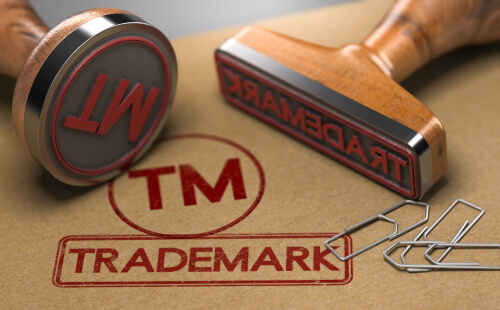It is a reality that the internet has become an integral part of our lives. Meaningful worldwide commercial partnerships and connections are made possible by the internet. Trade, social exposure, cultural awareness, and acceptance of variety all benefit from global exchanges. Furthermore, without official agreements, the web encourages cooperation between different countries and persons from other countries. It has certainly made our lives easier but it has come with its price.
With everything turning towards digitalization, it is crucial more than ever to have a reliable and fast-speed internet connection that keeps you updated with all your business happenings. Xfinity internet deals can be an ideal choice in this regard, as they assure lag-free and secure internet connectivity so that you stay on top of your schedules.
The consistent rise in the usage of the Internet worldwide has caused a virtual eruption of internet infringements on trademarks allegations and innumerable lawsuits involving the use of domain names, trademarks, and service marks.
What Are Common Law Trademark Rights?
A common law trademark has been established purely through commercial use in a particular geographic area. Regularly used business or company names, phrases, and logos can all be considered common law trademarks, even if they have never been federally registered. Common law trademarks have fewer rights and are less easily enforced than federal trademarks, but they are allowed to use the TM symbol.
The difficulty in enforcing Common Law trademark rights stems from the fact that they are never really registered with the USPTO, making it difficult to determine who owns the trademark and when.
Common-Law Trademark Searches
It’s critical to do a comprehensive trademark search before using a trademark or applying for federal trademark registration. A trademark registration search will reveal whether your trademark infringes on the state, federal, or common law trademarks of others. Here’s how you can do a thorough search:
- USPTO DataBase: If your mark is confusingly similar to another existing trademark, federal registration will be denied. For instance, if you used the same type of products or services with an already existing trademark, causing consumers to be confused about the source of the goods or services.
- Common-Law Trademark Searching: A common law trademark search might reveal whether or not a company in your area already has common law rights that are superior to yours. It can also locate businesses located outside of town.
- The State Search: This entails scanning databases for marks that have been registered as, trademarks, business names, or trade names in multiple states.
Trademark rights under common law are limited to the very particular geographical place where the trademark is used. If you sell coffee under a certain name in San Francisco, you only have the right to use that name in that city. We can certainly understand the difficult question this raises for trademarks used online and on e-commerce websites. The mark is being used by a vendor on the Internet, which is not limited to a particular physical location.
Trademark and the Internet
The Internet’s growth has created a massive consumer market in which many firms may now advertise their products or services and contact directly with customers. The nature of trademark rights is geographical or territorial. Before the Internet and the World Wide Web, trademarks that were identical or substantially identical could exist in multiple geographic areas at the same time without causing trademark infringement.
This isn’t the case anymore. The Internet has helped to bridge the gap between areas and territories in recent years. Although customers were previously solely exposed to products in their home market, the Internet has helped to bridge the gap between local and urban, as well as national and international markets. As a result, trademark law has struggled to keep up with the issues that have arisen as a result of the Digital Era.
The customers are no longer available at just one place, instead, consumerism has expanded everywhere across the globe. All thanks to the internet that has turned the world into a global village without a doubt. The Internet has not only contributed to the erasure of trademark geographic limits, but it has also opened up new avenues for unauthorized trademark usage.
Apart from Internet-specific forms of infringement that are still based on traditional types of trademark infringement, such as when a trademark is simply displayed on a website as it would be on more traditional forms of advertising, such as television or magazine advertisements, trademark uses specific to the Internet, such as, meta-tags, domain names, framing and hyperlinks have also introduced new forms of infringements.
Domains
Domain names are a source of competition for businesses because they effectively function as indications of origin, a key feature of trademarks. The Domain Name System (DNS) is a complex system for designating names to a large number of computers, as well as allocating Internet Protocol addresses. It works by translating these names into IP addresses, which are then transformed into machine names.
Conclusion
Your product names, business name, tagline, and logos may be protected under common law trademarks, but the protection is limited. You must consider registering your trademarks with the USPTO for more complete trademark protection. You may lose your trademark rights if you do not take action to prevent others from utilizing your marks.
